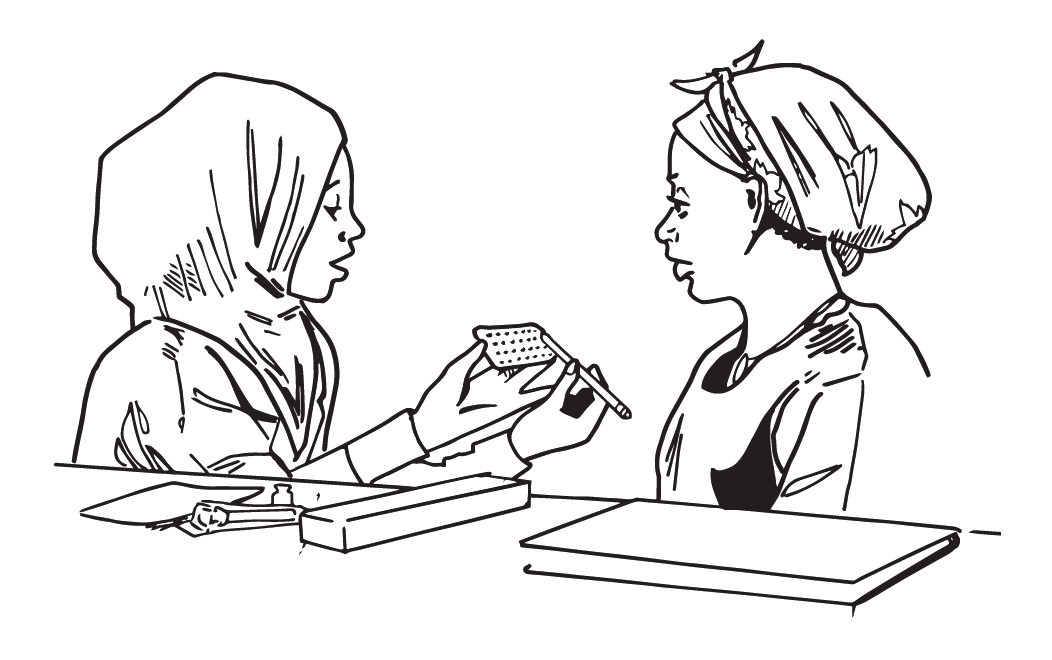Chapter 25 Download Chapter
When to Start Contraceptive Methods

After ruling out the presence of any medical conditions that may affect medical eligibility (see Appendix D – Medical Eligibility Criteria for Contraceptive Use), the following methods may be started immediately.
| Contraceptive | First-trimester medical/surgical abortion | Second-trimester medical/surgical abortion | Special considerations |
|---|---|---|---|
Reversible methods (in order of effectiveness) |
|||
| Intrauterine device (IUD) | Can insert at the time success of abortion is determined | Can insert at the time success of abortion is determined, but insertion must be done by a specially trained person | Avoid after septic abortion |
|
Implant Progestin-only injectables Combined injectable contraceptives (monthly) Combined patch Combined ring Combined oral contraceptives Progestin-only pills |
Can start immediately after abortion; in the case of medical abortion, can start immediately after the first pill of the medical abortion regimen | Self-administration of injectable can be considered | |
| Diaphragm and cap |
Can start immediately after abortion | Wait for 6 weeks | |
Irreversible (permanent) methods |
|||
| Female sterilization | Can have this surgery immediately after abortion | The decision to have this surgery must be made in advance of the abortion | |
Additional considerations:
- IUD insertion immediately after a second-trimester abortion is associated with a higher risk for expulsion, which the woman should be informed about, and the insertion requires a specially trained provider.
- The option of self-administration of injectable contraception in the post-abortion period should be offered to women as an alternative to provider-administered injections (see Teaching Clients to Self-inject, in Chapter 4 – Progestin-Only Injectables).
- If pills are the chosen method, provide up to 1 year’s supply of pills, depending on the woman’s preference and anticipated usage.
- Sterilization is permanent and must be decided upon in advance of the abortion, and not while a woman is sedated, under stress, or in pain. Counsel carefully and be sure that the client understands they have the option to choose a reversible method (see Because Sterilization Is Permanent, in Chapter 12 – Female Sterilization).
- Clients who choose to initiate the contraceptive ring should be instructed to check for expulsion in the event of residual or heavy bleeding during/after the medical abortion process.
- The diaphragm must be refitted after uncomplicated first-trimester miscarriage or abortion. After uncomplicated second-trimester miscarriage or abortion, refitting of the diaphragm should be delayed 6 weeks to allow the uterus to return to normal size.
- Fertility awareness-based methods (FABs): A woman can start symptoms-based methods once she has no infection-related secretions or bleeding due to injury to the genital tract. She can start calendar-based methods with her next monthly bleeding, if she is not having bleeding due to injury to the genital tract (see Chapter 18 – Fertility Awareness Methods, in particular the sections on Providing Calendar-Based Methods and Providing Symptoms-Based Methods).
